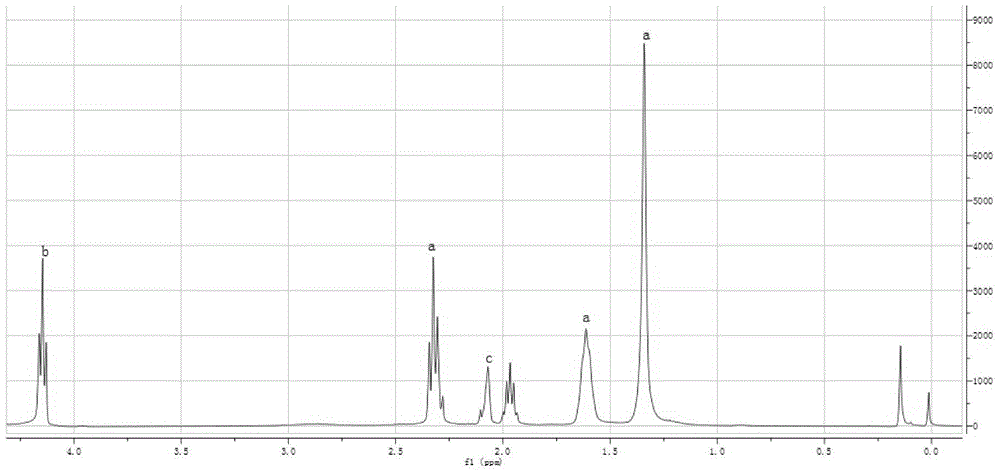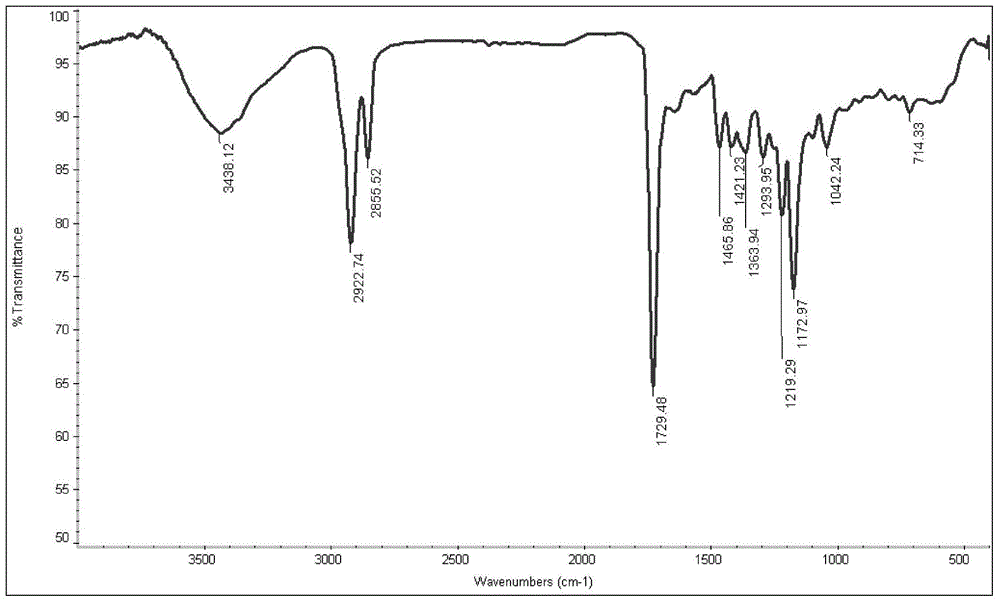Application of poly(1,3-propylene glycol-sebacic acid ester) in preparing retina nerve cell carrier
A technology of retinal progenitor cells and nerve cells, which is used in the application field of preparing retinal nerve cell carriers, can solve problems such as lack of research on properties, and achieve the effects of good application potential, low inflammatory and apoptotic factors, and proliferation promotion.
- Summary
- Abstract
- Description
- Claims
- Application Information
AI Technical Summary
Problems solved by technology
Method used
Image
Examples
Embodiment 1
[0024] (1) Preparation of PPS
[0025] Recrystallized sebacic acid (J&K, 98%) and equimolar amounts of 1,3-propanediol (Energy Chemical, 99%) were pre-polymerized at 135 ° C for 24 hours in a nitrogen environment, and then the reaction temperature was kept constant. The reaction system was evacuated (3 bar) for 57 hours, the reaction product was precipitated and purified in ether, and the purified product was dried under vacuum for 24 hours to obtain white solid PPS.
[0026] (2) Isolation and culture of RPCs
[0027] The animals used in this experiment were in accordance with the Animal Use Standards of the Society of Vision and Ophthalmology, and strictly followed the procedures approved by the Animal Feeding and Use Committee of the Schepens Eye Institute. Retinal progenitor cells were obtained from postnatal day 1 transgenic C57BL / 6 mice that were positive for green fluorescent protein (GFP+), and retinals were minced and isolated by several cycles of digestion with 0.1% ...
PUM
| Property | Measurement | Unit |
|---|---|---|
| elastic modulus | aaaaa | aaaaa |
| elastic modulus | aaaaa | aaaaa |
| elastic modulus | aaaaa | aaaaa |
Abstract
Description
Claims
Application Information
 Login to View More
Login to View More - R&D
- Intellectual Property
- Life Sciences
- Materials
- Tech Scout
- Unparalleled Data Quality
- Higher Quality Content
- 60% Fewer Hallucinations
Browse by: Latest US Patents, China's latest patents, Technical Efficacy Thesaurus, Application Domain, Technology Topic, Popular Technical Reports.
© 2025 PatSnap. All rights reserved.Legal|Privacy policy|Modern Slavery Act Transparency Statement|Sitemap|About US| Contact US: help@patsnap.com



